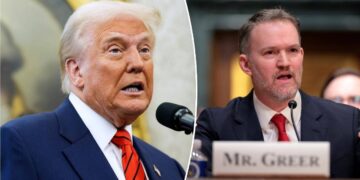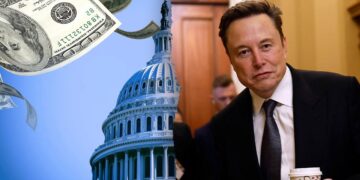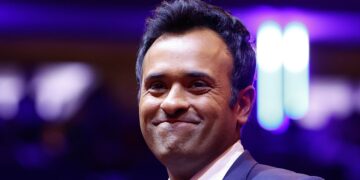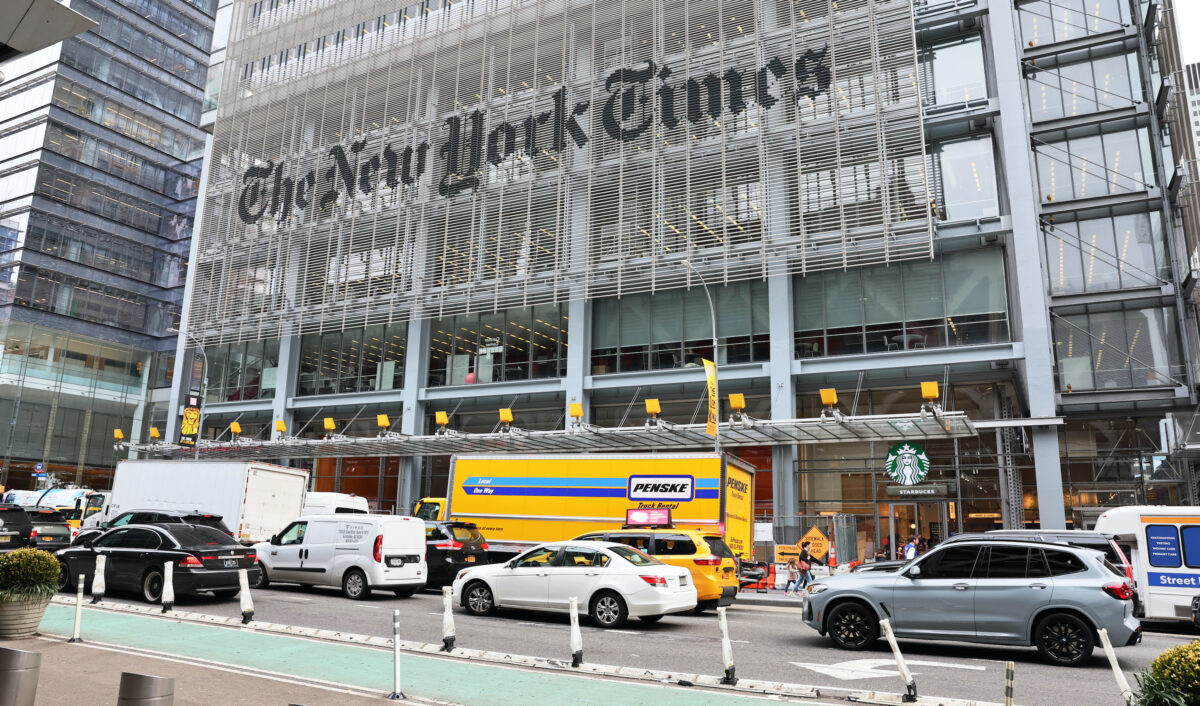Commentary
On the same day the Durham report was released, revealing there was never any substance behind the Trump-Russia collusion story despite the media obsessing over it for two years, New York Times publisher A.G. Sulzberger ironically wrote about the importance of an unbiased press.
In his piece in the Columbia Journalism Review, he strongly advocates that the New York Times continue to provide “independent” journalism. Yet, he acknowledges that many at his paper do not agree, and his call for independence appears to apply only to how stories are covered, not the equally important question of what is covered.
Sulzberger should be commended for raising the issue. America is more divided than any time since the late 1960s, and the changing role of the media is largely to blame.
At that time America was deeply divided over civil rights, the Vietnam War, and a radical and often violent socialist movement. The war ended, civil rights became widely accepted, the socialist movement went underground, and the Reagan revolution occurred. We won the Cold War, and America emerged as the world’s sole superpower, returning American pride and civility. Reagan worked with O’Neill, Clinton worked with Gingrich, and 9-11 brought Americans together in a way not seen since WWII.
But under Bush, America became deeply divided again over a war (Iraq). This led to the election of a far-left President, Barack Obama. The socialist movement returned to the surface in the name of progressivism, and then directly in the name of Democratic Socialist Bernie Sanders who almost succeeded Obama. This has left the two parties with little in common.
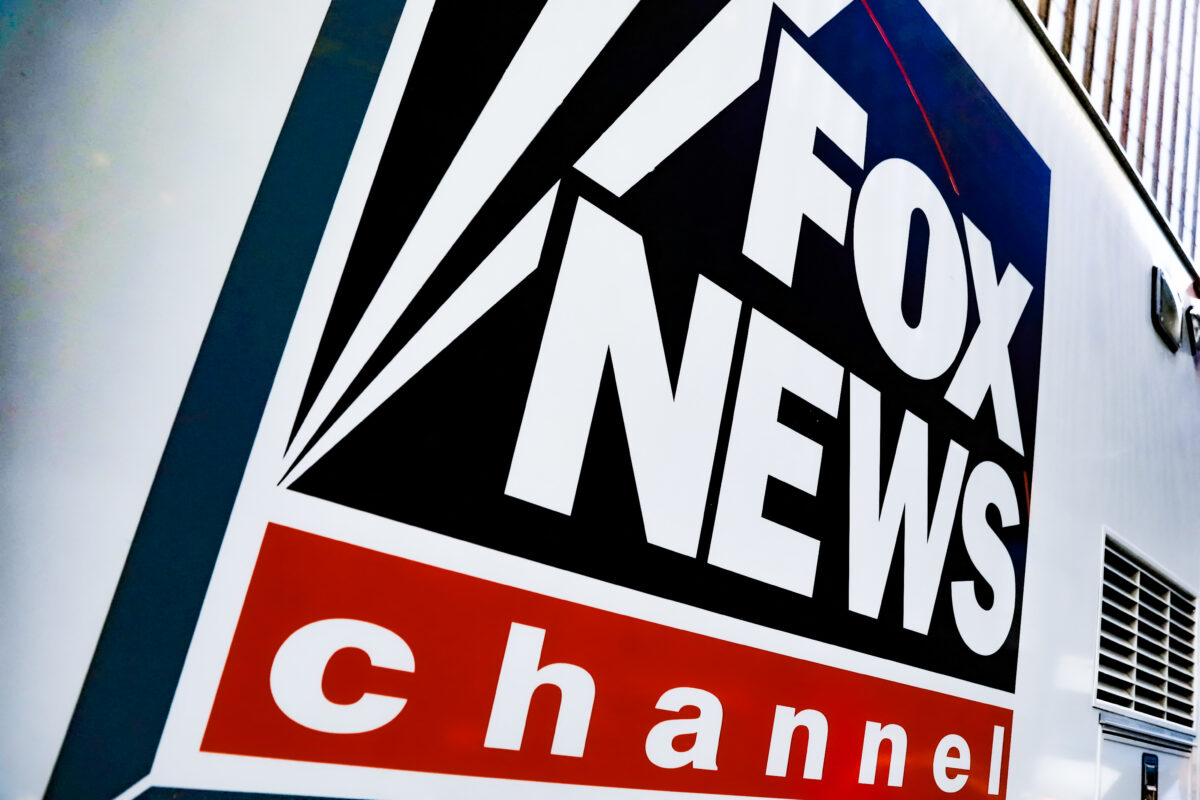
Exacerbating the divide has been the emergence of Fox News as an answer to longstanding liberal media bias. It was wildly successful because it addressed an unmet need. Conservative Americans had been frustrated by a left-leaning media for decades. Finally, they were able to get what Fox called “fair and balanced” reporting. In addition, prime time shows were hosted by compelling conservative commentators like Glenn Beck, Megan Kelly, Bill O’Reilly, and Sean Hannity. If you were a conservative, why would you watch anything else? Most did not.
Fox News became by far the most watched cable news network, indeed the most watched of any cable channel. It stole substantial numbers from the inventor of cable news, CNN. CNN had been the self-described “most trusted name in news.” While it certainly had had a liberal bent, to some extent the modicum was true. It was the pioneer of cable news. Its international news coverage was unprecedented, with correspondents spanning the globe. It employed hosts from both sides, many of whom later went to Fox, such as Beck, Lou Dobbs, Tucker Carlson, Bill Hemmer, and Stuart Varney. It retained exceptional reporters like Christiane Amanpour and Wolf Blitzer.
But CNN changed in response to the emergence of Fox. Knowing that conservatives were now watching Fox, CNN no longer needed to provide balanced reporting. There were no viewers to complain about a liberal CNN bias. And the mainstream press at ABC, CBS, and NBC also moved further left, again in a natural reaction to the fact that their viewers were now almost exclusively left-leaning.
The same thing happened on the print/digital side as Fox competed with CNN and surpassed the New York Times in followers. New online news sources popped up, each clearly identified as liberal (Huffington Post, Slate, Politico) or conservative (Breitbart, Daily Caller, Daily Wire).
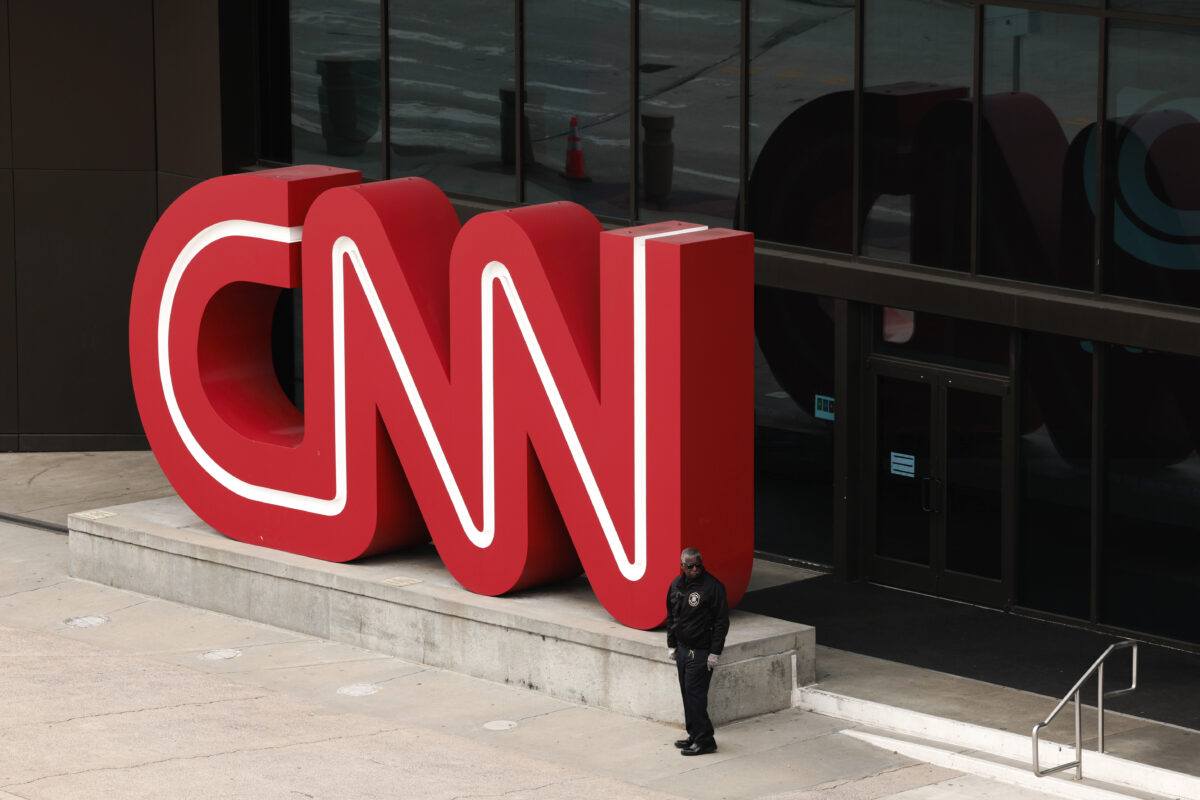
The result is that America is divided into two news silos. Americans are not just getting different takes on the news; they are getting different news. One of the best examples of this is the border crisis. It began with the lifting of the remain in Mexico policy on day one of Biden’s presidency. Migrants need merely apply for political asylum and they are allowed to remain in the U.S. until their hearing date set for years later, which less than 10 percent will qualify for. As a result, it is estimated over 5.5 million have crossed the southern border under Biden.
Yet, this issue remained virtually uncovered for two years except by Fox. It only received coverage when migrants were sent to Martha’s Vineyard, or now with the expiration of Title 42. CNN instead continued to focus the bulk of its coverage on Trump and January 6. When I have pointed out the border crisis to Democrat friends, I get a blank stare. They genuinely do not know what I am talking about.
A more recent example was the Congressional report revealing millions of dollars paid to Biden family members through multiple companies from foreign sources during Biden’s vice presidency. It was the top story on Fox for two days, while barely being mentioned on CNN and MSNBC.
It is OK to disagree about the news, but the news itself should be commonly agreed upon. As Sulzberger puts it, “Citizens still benefit from a shared set of facts.” To address the divisive atmosphere, he states, “independent journalism is the exact tonic the world needs most at a moment in which polarization and misinformation are shaking the foundations of liberal democracies.”
Incredibly, he acknowledges that many at his own newspaper do not share his belief. “I’ve watched the arguments against this model of independent journalism become more widespread and more insistent, even within the ranks of established news organizations, including the Times,” he writes.
But he insists, “there will be no worthwhile future for journalism if our profession abandons the core value that makes our work essential to democratic society, the value that answers the question of why we’re deserving of the public trust and the special protections afforded the free press. That value is journalistic independence.”
However, Sulzberger’s piece is focused on how the news is covered, not what news is covered. Both are equally important. If news is not covered, then we do not even get to the question of how it is covered. Sulzberger shows his hand as to the news he thinks should be covered, thereby revealing the problem.

He declares that “independent journalism” is essential for society to meet the “existential challenges of the era.” What are those, according to Sulzberger? They are “inequality,” “political dysfunction” (read Trump’s so-called “attack on democracy”), and “climate change,” the three biggest priorities of the left!
Also, while calling for independence, he puts the blame solely on Republicans for loss of trust in the media. “Particularly in the past few years, a sustained and escalating campaign from the American right has focused on attacking the press to win votes and inoculate itself against criticism or scrutiny. Rather than responding to the substance of unflattering reporting, they’ve labeled reporters ‘enemies of the people’ and our work ‘fake news.’”
Sulzberger of course did not know the Durham report, revealing the false Russia-Trump collusion narrative chased by the press for two years, was coming out at the same time he was making this critique!
Most Americans agree with the concept of an independent press. The question is: How do we genuinely return to some form of it? In my view, the free market will eventually resolve it. The first outlet to truly embrace independence will be the winner. This means having a board with equal representation from the right and left. It means the same for its hosts, writers, and commentators.
What this looks like for a cable news network is unbiased news anchors who interview guests equally from both sides. It means commentary shows with two hosts, like Fox’s former “Hannity & Colmes” show, or an equal number of shows hosted by either side. I would prefer to watch this network. I think the majority on both sides would.
Who will go first? Perhaps a pioneering cable news network seeking to be the most trusted name in news?
Views expressed in this article are the opinions of the author and do not necessarily reflect the views of The Epoch Times.






